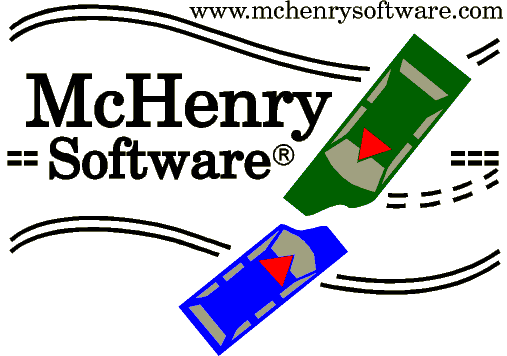 Explanation
of erroneous statements on SMAC in Lawyers & Judges book:
Explanation
of erroneous statements on SMAC in Lawyers & Judges book: Explanation
of erroneous statements on SMAC in Lawyers & Judges book:
Explanation
of erroneous statements on SMAC in Lawyers & Judges book:
In a book recently brought to our attention in 2004 or so, there is a section entitled "Issues to Watch out For" (p 86) where the authors make critical comments on SMAC. The authors apparently do not understand SMAC or CRASH. The following are the first few quotes and our response:
Quote#1 from book: "However, to compute these mutual vehicle collision forces SMAC uses an algorithm even less scientific than CRASH3, assuming a purely linear force-crush relationship without any initial force offset"
Response#1: First and foremost, both CRASH and SMAC assume a linear force-deflection crush relationship. Please see our SAE paper on restitution properties for a general discussion of the CRASH and SMAC stiffness models, and suggestions for improvement, and also see our SAE TOPTEC presentation which includes the following:
"Please note that the "A,B stiffness model" is a "virtual" model equating residual crush to dissipated kinetic energy. The "A,B stiffness model" was not intended to be a dynamic model. With the "A,B stiffness model" a very stiff near plastic vehicle can share the same "A,B stiffness" as a very soft near elastic vehicle. The residual crush on a vehicle does not tell you anything about the vehicle stiffness EXCEPT in the case of a plastic vehicle. Motor vehicles crushing in collisions are not plastic. They have restitution.
Restitution consists of two separate aspects: (1) a partial dimensional recovery and (2) a partial restoration of kinetic energy. In our 1997 SAE paper on restitution, we pointed out that the current implementation of collision modeling in the SMAC computer program includes identical loading and unloading load-deflection rates and that the unloading (restitution) phase of the collision was at near peak levels. The effect of partial restoration of the energy at near peak levels is that the SMAC program acts to return part of the absorbed energy but it does so with a less-than-actual dimensional recovery.
EDSMAC4 also has included in the "A,B stiffness model" a "threshold force to be applied before deformation begins". What mechanism exists in the real world which provides a force without a deflection? Are they assuming that the bumper is a pre-loaded spring? You have to do work to absorb energy in the vehicle structure. Work equals Force * Displacement."
Quote#2 from book: "In short, it completely ignores the existence of bumpers and ignores the concept of a required minimum force to initiate permanent crushing"
Response#2: Repeating from above, CRASH is "virtual model" or a "residual crush" model. It is not a stiffness model. Since the vehicle is observed in a restituted state, and the force and crushing do not occur simultaneously, it is not a crush model. In the real world, a vehicle crushes dynamically and then a portion may spring back or restitute. The SMAC dynamic crush model is a dynamic model which crushes and restitutes. CRASH is a is a "virtual" model equating residual crush to dissipated kinetic energy.
There are further comments in the book on SMAC applying a "correction which has nothing to do with physics or engineering" and many more which we could quote and comment on but all appear to be a demonstration that the authors of the book either misunderstand or misrepresent both CRASH and SMAC. Please let us know if you have any additional questions or would like other portions explained.
This page may be periodically updated. Please send any questions of comments to smac@mchenrysoftware.com
For additional information, please see our website and the many technical papers referenced on the website | www.mchenrysoftware.com |